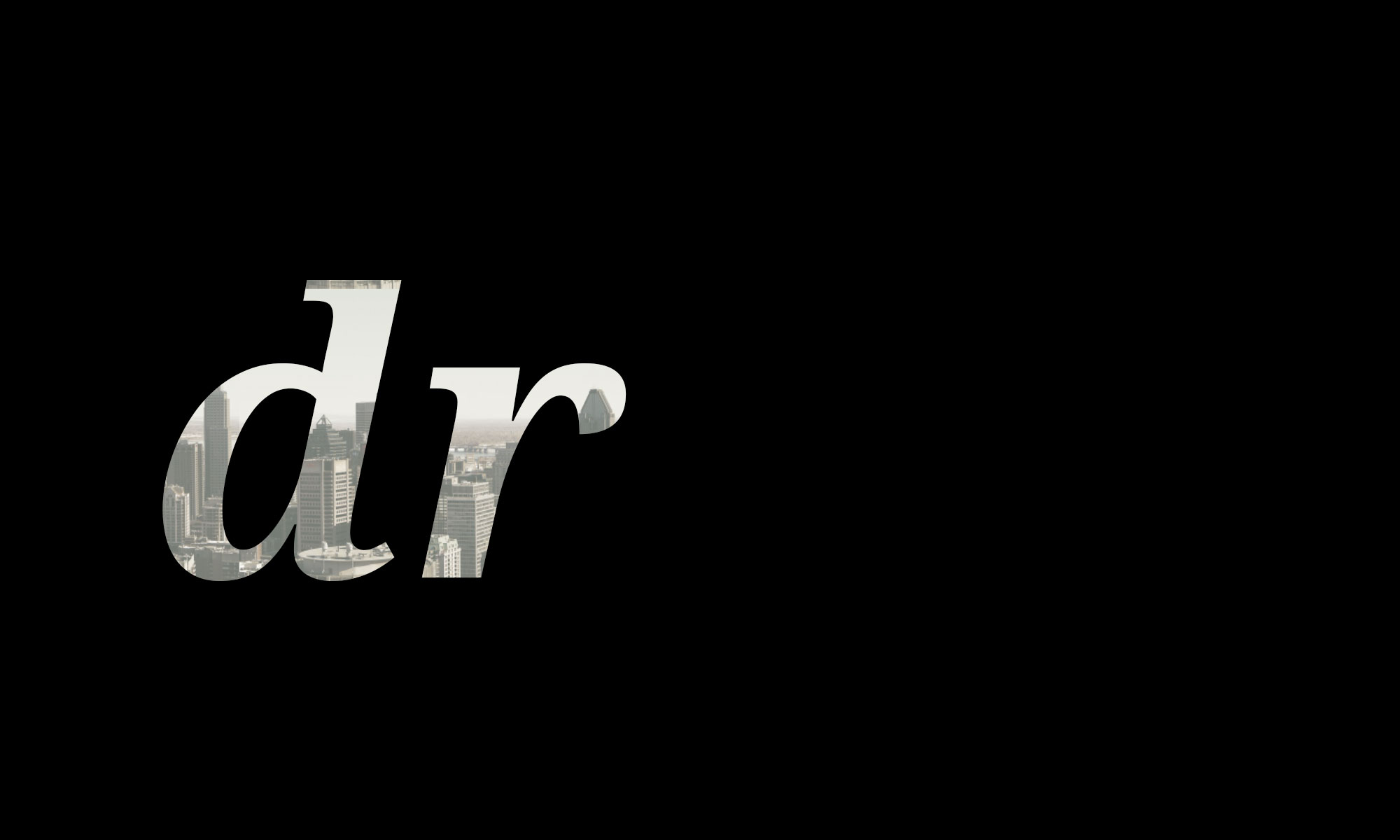Gender identity is the conceptualization of how we each see ourselves, gender-wise. It describes our degree of comfortableness with our assigned sex at birth and how congruently we feel we fit that descriptor. In reality, everyone lies on a gender identity continuum though our culture would have us believe otherwise. Instead of the binary classification we use, which is simplistic in nature, our identities are actually much more fluid and variable and can change over our lifetime as we grow and mature, interact with our environments and increasingly become who we are meant to be. It should be noted that in many other countries and cultures besides ours, gender is seen as lying on a continuum.
The problem with a binary system that identifies people as male or female is that it robs everyone of the right to be truly themselves embodying, to varying degrees, elements of both femaleness and maleness. To the degree that one’s gender deviates strongly from one’s assigned sex, and the self becomes “other”, a person can experience increasing levels of social alienation and “transphobia”. Even for those who feel comfortable identifying as “female” or “male”; a binary classification can imply that all who make up each category are exactly the same which is, of course, not true.
Reducing one’s gender identity to the biological sex category one was born into denies the complexity that is involved in the creation of such an identity. Gender identity is composed of several complex elements including: our biological sex, our sense of being female or male, our sexual orientation (who we are sexually attracted to, who we are emotionally connected to, who we have sex with) and the various changes in each of these factors over time. The combination and permutation of each of these variables interacting with each other argues for the creation of a classification of gender along a continuum where we would all be able to find ourselves.
Much like the discussions and debates we used to have decades ago about the fluidity of sexual orientation and how the variables that composed that were not captured in the distinct, non-intersecting categories of “heterosexual”, “homosexual” and “bisexual”, it is hoped that the current dialogues on gender will go the same route. That is, hopefully it won’t be too long before our current restrictive gender classification will give way to more open and flexible descriptors which might capture more accurately the way all people view their gendered selves.
As a practical step towards this, perhaps we could bring intentionality to the subject; that is, practice not making assumptions about others’ gender, regardless of their presentation, and asking which gender pronouns they’d prefer being used for them. For those people who have been alienated by our current binary system, such actions would speak volumes.
I, myself, identify as a cis-female, that is as a non-trans female. I prefer “she” and “her” as pronouns when people refer to me.
What about you? Where would you fall on a gender identity continuum? What pronouns do you prefer? If you thought more about it, might they change?
